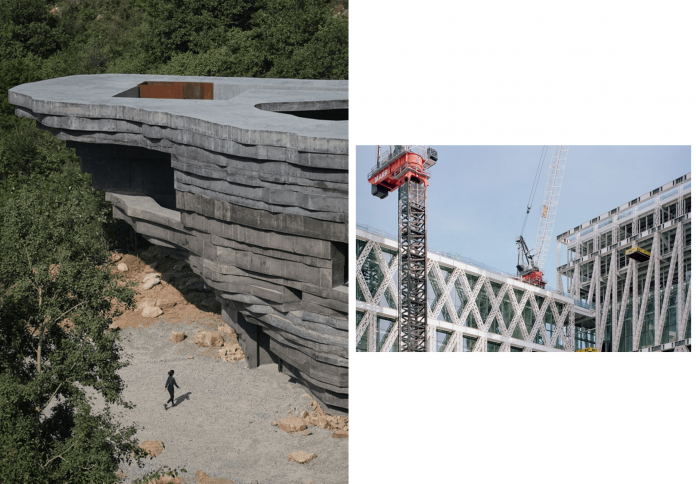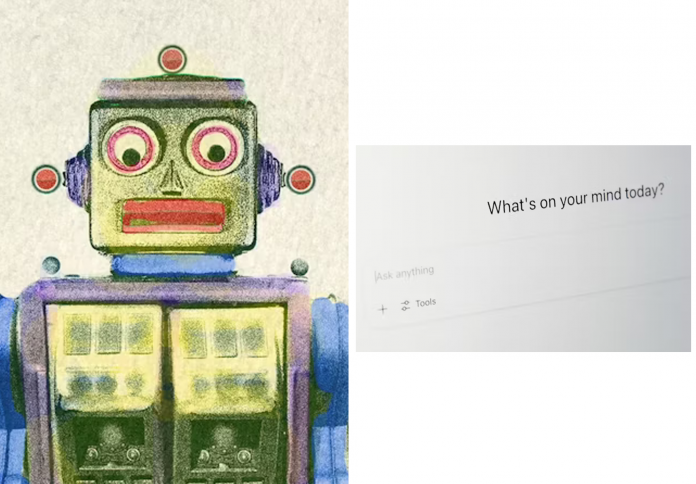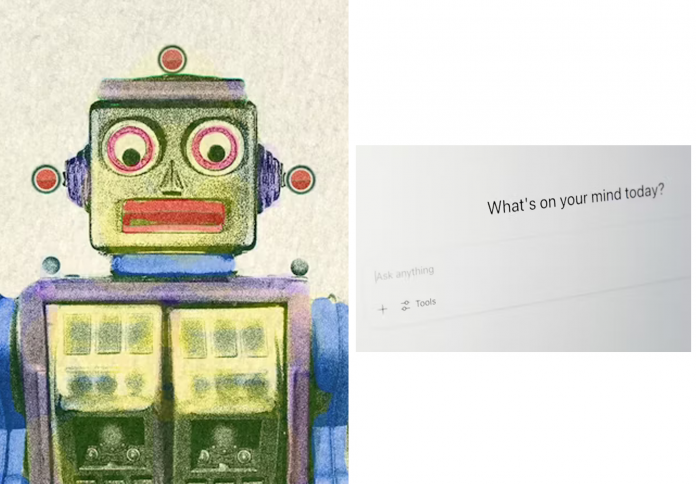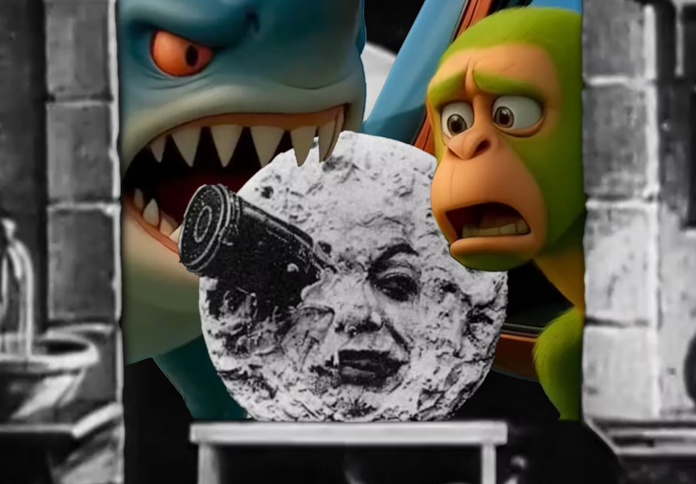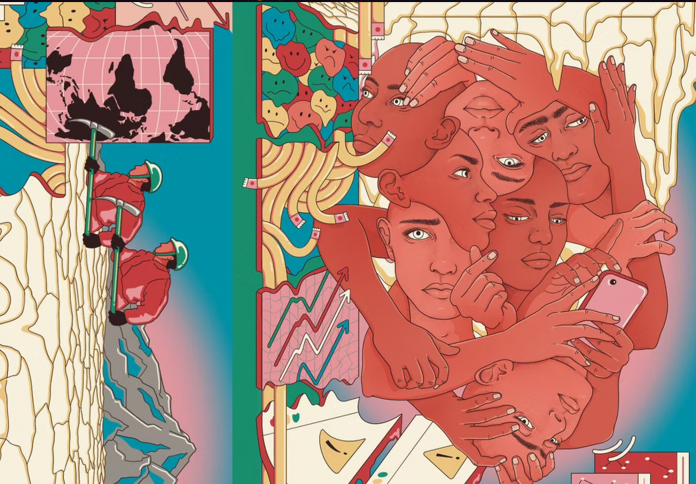Beijing-based OPEN Architecture, founded by the married partners Li Hu and Huang Wenjing, has swiftly become one of China’s most influential studios by rejecting the conventional wisdom of style-driven design. They view architectural “style” as a commercial burden, preferring to be radical boundary-pushers who treat every project as a fresh exploration of an unknown terrain. Their core philosophy centers on using architecture as a “spiritual anchor” in a chaotic world, dedicated to fostering three essential connections: between people, between humanity and nature, and with the inner self. Through this approach, they seek to find a poetic balance, ensuring their buildings are not merely shelters but highly expressive instruments that capture the invisible elements of the environment.
The Pursuit of Thinking Over Style
The founders of OPEN Architecture are explicit about their desire to move beyond the limitations of stylistic labels. Li Hu states that being asked by a client to adhere to a specific style is “kind of boring” to the studio. Instead of carrying a recognizable stylistic “burden,” they focus on advancing a specific “thinking” or concept with each new commission.

This methodology leads them to embrace uncertainty, often pushing boundaries into territory they haven’t explored before. They find the most stimulating clients are those who are unsure precisely what they want but know they need something “different, something special.” For Li Hu and Huang Wenjing, architecture should not follow a predictable, linear evolution but rather operate as a process of constant searching, experimentation, and exploration—analogous to hiking paths where the destination is discovered along the way.
Nature as the Sacred, Spiritual Anchor
OPEN Architecture challenges the narrow, technical definition of sustainability often prevalent in the West, which heavily relies on metrics like carbon emissions and energy use. They advocate for a more nature-oriented and spiritual understanding of sustainability rooted in Eastern philosophy, asserting that “nature is sacred.”

Their architecture, therefore, is designed to be an instrument that helps humans become part of nature again. Huang Wenjing emphasizes that buildings should capture the invisible elements of the environment, such as light and sound, to ignite human senses. Projects like the UCCA Dune Art Museum, an interconnected network of subterranean “caves,” are physically designed to preserve the vulnerable coastal dune system. This holistic view ensures that every design decision reflects a profound, protective attitude toward the site and its context.
A Trilogy of Cultural Anchors
The studio’s philosophy is perhaps best embodied in a series of striking cultural buildings they’ve created across China, which function as literal and figurative anchors for their communities. The UCCA Dune Art Museum allows visitors to experience art within a serene, primal setting, while the Chapel of Sound is a monolithic, open-air concert hall dedicated to both music and the quietude of nature, capturing and shaping the soundscape of its remote valley location.

More recently, the Sun Tower in Yantai, a conical, 50-meter-tall community center, acts as a “giant sundial,” using its form to track and celebrate the path of light throughout the day. These three projects, along with others like the Pinghe Bibliotheater (which combines a library and theater open to the public), prioritize social, spiritual, and aesthetic needs, positioning the buildings as essential public and cultural infrastructure rather than mere enclosed spaces.
Balancing the Radical and the Poetic
In a complex world characterized by rapid change, the founders seek to imbue their work with a necessary stability. They articulate their aesthetic aim as a continuous effort to balance the “radical” with the “poetic.” They argue that great architecture throughout history has always managed to be both: it must introduce radical change to solve contemporary problems, but it must do so with a quality that resonates deeply and emotionally with the human spirit.

This pursuit of balance guides their operational principles, which they define as modesty and openness. They believe that focusing too narrowly on strict professional scopes (like materials and craft) can lead to self-indulgence. By being open and humble about the complex, fast-changing world, they aim to create architecture that is generous to the public and capable of serving as a flexible platform for various future uses.
Adapting to the Unknown Through Exhibition Design
The studio’s commitment to avoiding stagnation is evident in their willingness to move beyond traditional building formats. Recognizing the speed at which the world—and architectural demands—are changing, OPEN Architecture is currently focused on disciplines like urban design, landscape, and significantly, exhibition design.
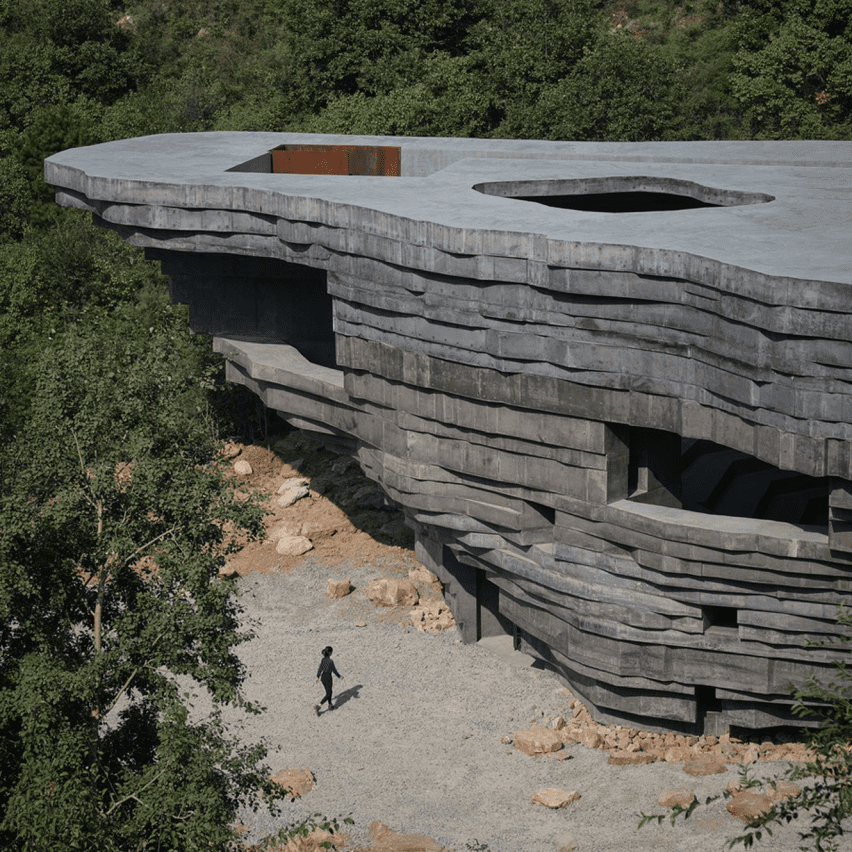
They are tasked with designing the opening exhibition, “Task Eternal,” for the new Powerhouse Parramatta museum in Sydney. This kind of work allows them to explore their philosophical concerns—such as the human desire to venture into the unknown—without the permanent constraints of a large-scale building. This adaptability and refusal to be pigeonholed is consistent with their belief that the future demands architects who are constantly learning and evolving, using the architectural process to challenge assumptions rather than merely meeting a brief.
